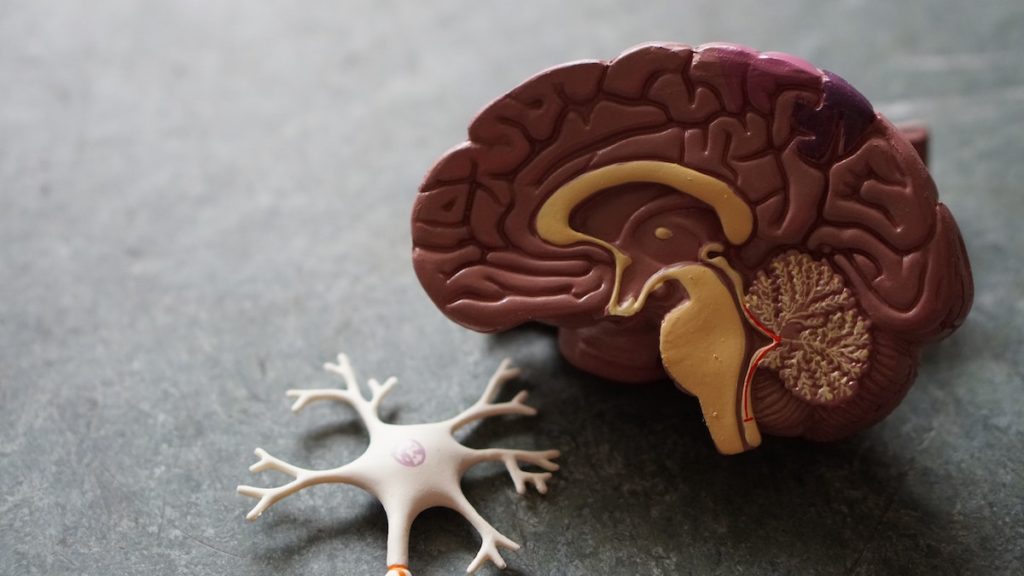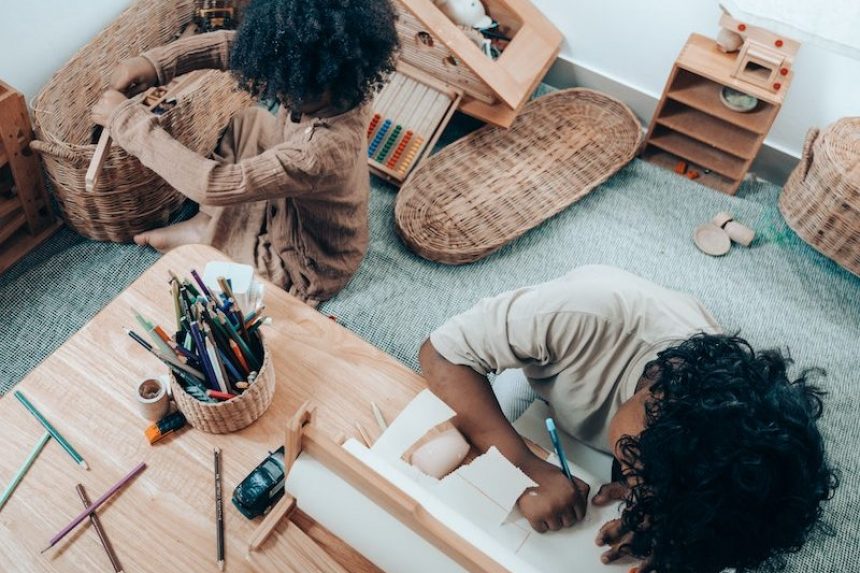Building a better homeschool takes 4 steps.
Step 1 is rest.
Step 2 is building a rhythm vs. a schedule. Honoring your priorities is the focus behind building rhythm. This means saying yes to priorities and no to interruptions or distractions. Rhythm is reinforced with habits.
Step 3 in building a better homeschool is to build better habits.
Habits are repetitive behaviors. They form two ways: intentionally, a person deciding to build a new habit; or unintentionally, a person allowing one to form. The latter is usually not a healthy one, but often a passive coping mechanism.
Good habits are formed from proactive engagement and bad habits from reactive response.
Habits are the way the brain builds autopilot circuitry. It’s incredibly efficient. The average human makes 35,000 decisions a day. That’s a whopping 2,000 decisions an hour. To offset this load, the brain automates repetitive choices with habitual behaviors.
In the 1990’s MIT (Massachusetts Institute for Technology) did a study on habits that identified the habit loop. This is a connection between the basal ganglia part of the brain and the pre-frontal cortex.
The habit loop has three steps:
- Cue (Trigger)
- Routine (Behavior)
- Reward (Remember)
This is a powerful way the brain systemizes much of your daily decision making. By building these habit loops, the pre-frontal cortex delegates repeated decisions that come up each day by automating them and letting them run behind the scenes on autopilot by your basal ganglia. For example: stress (cue) triggers a response to eat (behavior) that gives a rush of dopamine (reward) that calms your stress temporarily with its “feel good” release in your bloodstream.

A habit loop flattens the learning curve for new skills. Once you’ve adopted a new skill fully, it becomes automated by the habit loop. Think of how hard it was to learn to drive, but now you are able to stop at stop signs, parallel park, accelerate and merge on a highway while listening, talking or performing other tasks simultaneously. Your brain is operating on the cue – routine – reward of the habit loop automating driving while your pre-frontal cortex is listening or talking.
With this understanding on how our brains function and optimize habit loops, we can be pro-active in thinking how to replace habits that don’t serve our priorities and build new ones that do.
It can take up to 21 days to break a habit and 66 days to create one. One of the best ways to change a habit is to do so on vacation. We got rid of the bottle and pacifier for our kids using this technique. The reason this is successful is due to the disruption in cues and routines you experience while away from home. Take advantage of this disconnect from your environment and routine and form a new pattern while away.
We incorporate this understanding into our curriculum in the 90-Minute School Day. The initial Circuits 1-3 use “de-schooling” the first few weeks. This timeframe is designed to put you into a new mode of operating within your home. It is a time to disrupt old cues and rewards and lay the foundation for building new ones. By changing the environment through “de-schooling” we are intentionally reducing friction. Friction created from requiring assignments and other academic rigor too soon.
Instead, the 90-Minute School Day builds the reward of connection and love of learning by making it simple and fun and short.
This lays the groundwork for the six pathways that make up a 90-Minute School Day.
In light of this, take some time to get intentional on evaluating the current status of habits in your home. Decide which ones to keep and which ones to replace. Write out the replacements and begin working on these areas in a targeted way, cueing the desired behavior and allowing a natural, internal reward. This is not to bribe our children or ourselves, but to let the natural outcome of being proactive be the reward. Intentional habits create greater connection, a sense of satisfaction, more order to the day, and harmony from less conflicts, etc.




